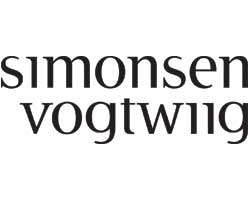
Gan Partnership’s Alex Choo, Lim Zhi Jian and Bahari Yeow assess how well Malaysia is equipped to deal with intellectual property infringements
As Malaysia (and the world) continue to combat Covid-19, the turn of the new decade promises to be a better year as stakeholders are gradually acclimatising to the new normal. The embrace of the technological wave has become an inevitability, with industries digitalising and moving their products and services online.










